As a leader you play a critical role in maximizing the effectiveness of your organization’s workforce. One thing that robs us of our time is poorly-run, inefficient meetings. Such meetings serve as an organizational ‘drag’ and are viewed by many employees as an incredible waste of time and resources.
Let’s examine why meetings are often so ineffective:
People don’t take meetings seriously.
They arrive late, leave early, and spend most of their time thinking about what else they could be doing. Disciplined meetings are about mindset that meetings are ‘real work’. Intel, the semiconductor manufacturer, is famous for its crisp meeting execution.
Walk into any conference room at any Intel factory or office anywhere in the world and you will see on the wall a poster with a series of simple questions about the meetings that take place there.
- Do you know the purpose of this meeting?
- Do you have an agenda?
- Do you know your role?
- Do you follow the rules for good minutes?
Meetings are too long.
Meetings should accomplish twice as much in half the time. Most meetings should last no longer than 60 minutes. One reason meetings drag on is that people don’t appreciate how expensive they are. If the meeting organizer were forced to calculate and justify the meeting cost (the meeting length times all of the participants’ wage rates) you would begin to see fewer, shorter, and more productive meetings.
There is no meeting agenda.
When there is no agenda participants spend too much time digressing and wandering off-topic. Get serious about requiring meeting agendas. It’s the starting point for all advice on productive meetings…stick to the agenda. But it’s hard to stick to an agenda that doesn’t exist. HR can help by creating an agenda template. Request that meeting organizers circulate the agenda several days before a meeting to let participants react to and modify it. The agenda should list the meeting’s key topics, who will lead which parts of the discussion, how long each segment will take, and what the expected outcomes are.
Of course, even the best agendas can’t guard against digressions, debates, and distractions. The challenge is to keep meetings focused without stifling creativity or insulting participants who stray. Encourage meeting leaders use a ‘parking lot’ to maintain that focus. When comments come up that aren’t related to the issue at hand, record them on a flip chart labeled the parking lot. Track the issue and the person responsible for it.
Nothing happens once the meeting ends.
The end result of most meetings is a lot of talk, and little action. The problem is that people leave meetings with different views of what happened and what’s supposed to happen next. The best way to avoid that type of misunderstanding is the creation of a shared document that leads to action. In addition to meeting minutes, require the meeting organizer (or designee) to document ‘Actions and Decisions’. Actions are those accountabilities that were assigned as a result of the meeting. For example, Jim has agreed to research time and attendance software options prior to our next meeting. He will report his findings back to the group at our next meeting. Decisions are those items that the meeting group has made a clear decision on. The decision will now become part of the ‘going forward’ strategy and will eliminate second-guessing such as …’We talked about it, but I don’t think anything was actually decided’.
‘Actions and Decisions’ should always be the last topic on the agenda. For recurring meetings, start the agenda with the ‘Actions and Decisions’ that were carried over from the previous meeting.
Meetings are always missing important information, so critical decisions are postponed.
This is why it is so important to have a clear, documented agenda outlining the topics to be discussed and decisions to be made.
Without an agenda, participants arrive to the meeting unprepared. In essence, the result of the meeting becomes a de facto ‘pre- meeting’ in which everyone’s valuable time was wasted.
For additional guidance on this or any other HR topic, contact Catapult’s Advice team at 919-878-9222.
Written by a Catapult Advisor

